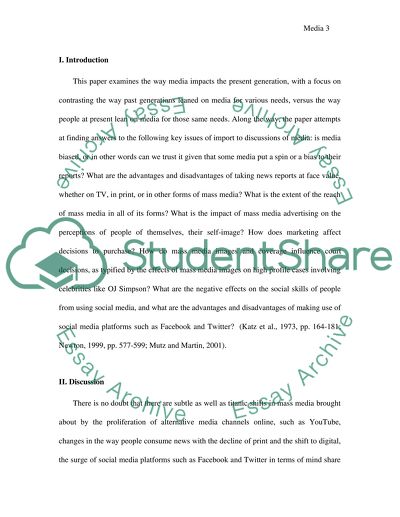Cite this document
(“Media Research Paper Example | Topics and Well Written Essays - 1500 words”, n.d.)
Retrieved from https://studentshare.org/english/1487374-media
Retrieved from https://studentshare.org/english/1487374-media
(Media Research Paper Example | Topics and Well Written Essays - 1500 Words)
https://studentshare.org/english/1487374-media.
https://studentshare.org/english/1487374-media.
“Media Research Paper Example | Topics and Well Written Essays - 1500 Words”, n.d. https://studentshare.org/english/1487374-media.


